Roland K. Chen
University of Michigan, Ann ArborResearch
My research interests include three major areas below
I. Additive Manufacturing
i. Characterization of Fused Deposition Modeling Process
I am looking into is the characterization of the interfacial properties and quality of additive manufactured materials and parts with the goal of enhancing the performance of additive manufactured parts and decrease manufacturing time. These interfacial properties significantly affect the strength of the built part. As shown in figure below, using nano-focus computed tomography, we are able to identify any internal defects such as internal bubbles (inside a filament) and necking bubbles (at the bonding area of two adjacent filaments). There is much left to know about how the process can be improved. This can lead to a multi-scale model for prediction of FDM parts and be a guideline to design for fused deposition modeling.



(a)
(b)
(c)
Nano-CT of a FDM part, (a) sample, (b) CT image and (c)
reconstructed 3D geometry with identified air bubbles in red
ii. Applications of Fused Deposition
3D printing is an ideal technology to
fabricate custom orthoses and prostheses. It is projected that
by 2020, there will be more than 10 million people in US that need
to use orthotic or prosthetic products. We are working on the design
optimization of custom orthoses, including foot orthosis and
ankle-foot orthosis. The goal is to enable the concept of
"One-day Visit" which means that patients can receive their custom
devices in a single day visit to the clinic. We use topology
optimization and a novel sparse structure to facilitate rapid
manufacturing of custom orthoses and prostheses.
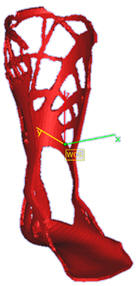

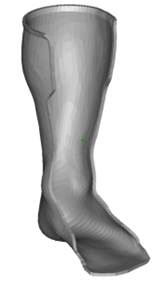
A hybrid design using both topology optimization and sparse
structure
II. Tissue Joining and Additive Manuf. of Bio-Materials
Tissue welding, also known as electrosurgical joining of tissues uses a combination of electro-resistive heating and mechanical clamping to elevate tissue temperature and denature collagen, such that separate tissue can be reconnected. The applications of this process include vessel sealing and anastomosis. In the past, I have developed a multi-physics finite element model to accurately predict temperature profiles during the procedure. I am collaborating with Prof. Wei Li from University of Texas - Austin to study the dynamic behavior of tissue's thermal and electrical impedances during the tissue welding process and to correlate these behaviors to the joint strength. This thermal-based joining process of biological tissue can also lead to additive manufacturing of bio-materials which has a variety of applications such as regenerative medicine.
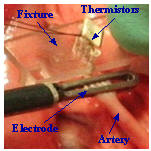
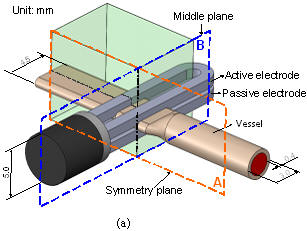
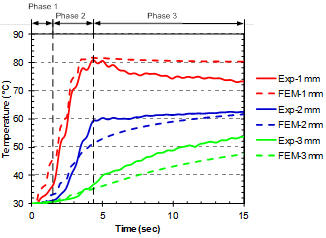
Funded by NSF CMMI - 1434665 as PI (9/1/2014-8/31/2017)
III. Design and Manuf. of Medical and Assistive Devices
I have worked closely with Medical School to develop surgical tools for safer and easier operation and assisitve devices to improve the quality of life for people with low vision (through my joint appointment with Ophthalmology and Visual Sciences). Surgical tools include a portable slit lamp using smartphone, advanced lacrimal stent, and one-handed tendon tucker, and diagnostic tool for quantitative assessment of strabismus. Assistive devices include a smart cane, assistive blinking device, and a low vision key pad assistance.